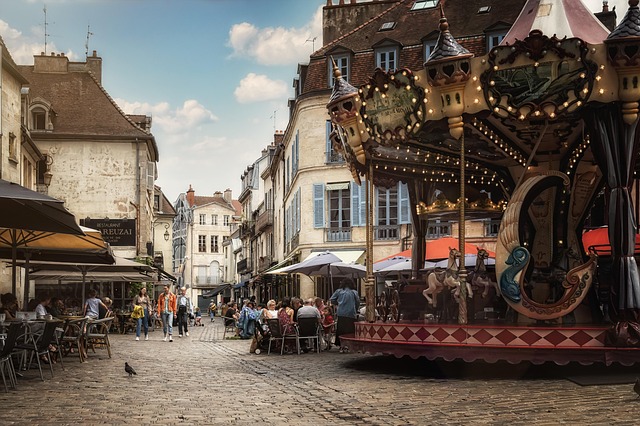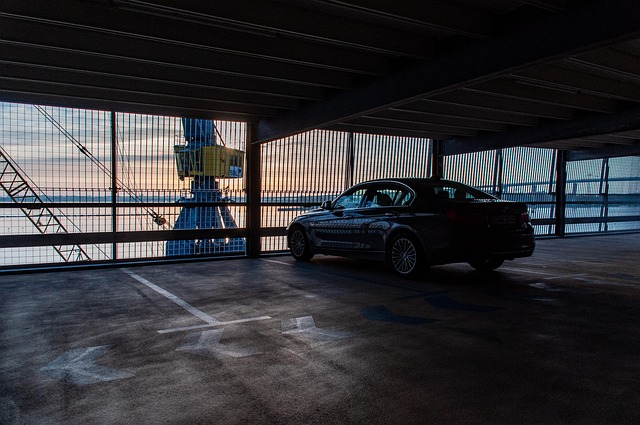
Driving Towards a Carbon Neutral Future: Exploring Urban Green Zones and Sustainable Mobility
Driving Towards a Carbon Neutral Future: Exploring Urban Green Zones and Sustainable Mobility
Imagine stepping out of your home, being enveloped by lush greenery, and feeling the soft breeze on your face as you walk through a vibrant urban green zone. The soothing sounds of nature replace the cacophony of traffic, and the air is crisp and fresh, free from the pungent smell of exhaust fumes. This vision of sustainable living is not just a dream; it’s within our reach as we strive towards a carbon-neutral future.
Urban green zones play a critical role in supporting sustainable development. These spaces, often characterized by parks, community gardens, and green roofs, provide us with necessary escapes from the concrete jungles we endure daily. They enhance biodiversity while reducing our ecological footprint by mitigating air pollution and promoting healthier lifestyles. By catalyzing the growth of such zones, cities can transform not only their landscapes but also the well-being of their residents.
With the adoption of green technologies, we can revolutionize urban mobility. Imagine electric buses silently gliding through tree-lined streets, or bikers enjoying dedicated lanes that snake through flourishing parks. These innovations reduce our reliance on fossil fuels and significantly lower greenhouse gas emissions. When combined with urban green zones, these technologies foster environments where sustainable transport and rich greenery coexist seamlessly, leading to a victory against climate change.
The road to a carbon-neutral future begins with each of us choosing to invest in our communities. Supporting initiatives that promote urban green zones and sustainable mobility is not just an environmental act; it is a commitment to a healthier life. By participating in local campaigns, advocating for better infrastructure, or simply spending more time outdoors in these green spaces, we can collectively shrink our ecological footprint.
Furthermore, urban green zones are not merely about planting trees; they are about creating unique experiences. From a morning jog amidst blooming flowers to evening strolls that illuminate the paths through bioluminescent plants, these zones serve as vital realms for community engagement. They invite collaboration among residents, promote mental well-being, and foster a sense of belonging within our cities, ultimately cultivating a more sustainable future.
As we stand at the crossroads of environmental responsibility and urban development, it’s essential to champion the integration of these green spaces and sustainable mobility solutions. The journey toward a carbon-neutral world is not merely about technological advancements but also about nurturing the heart of our cities—the people who live and thrive in them.



